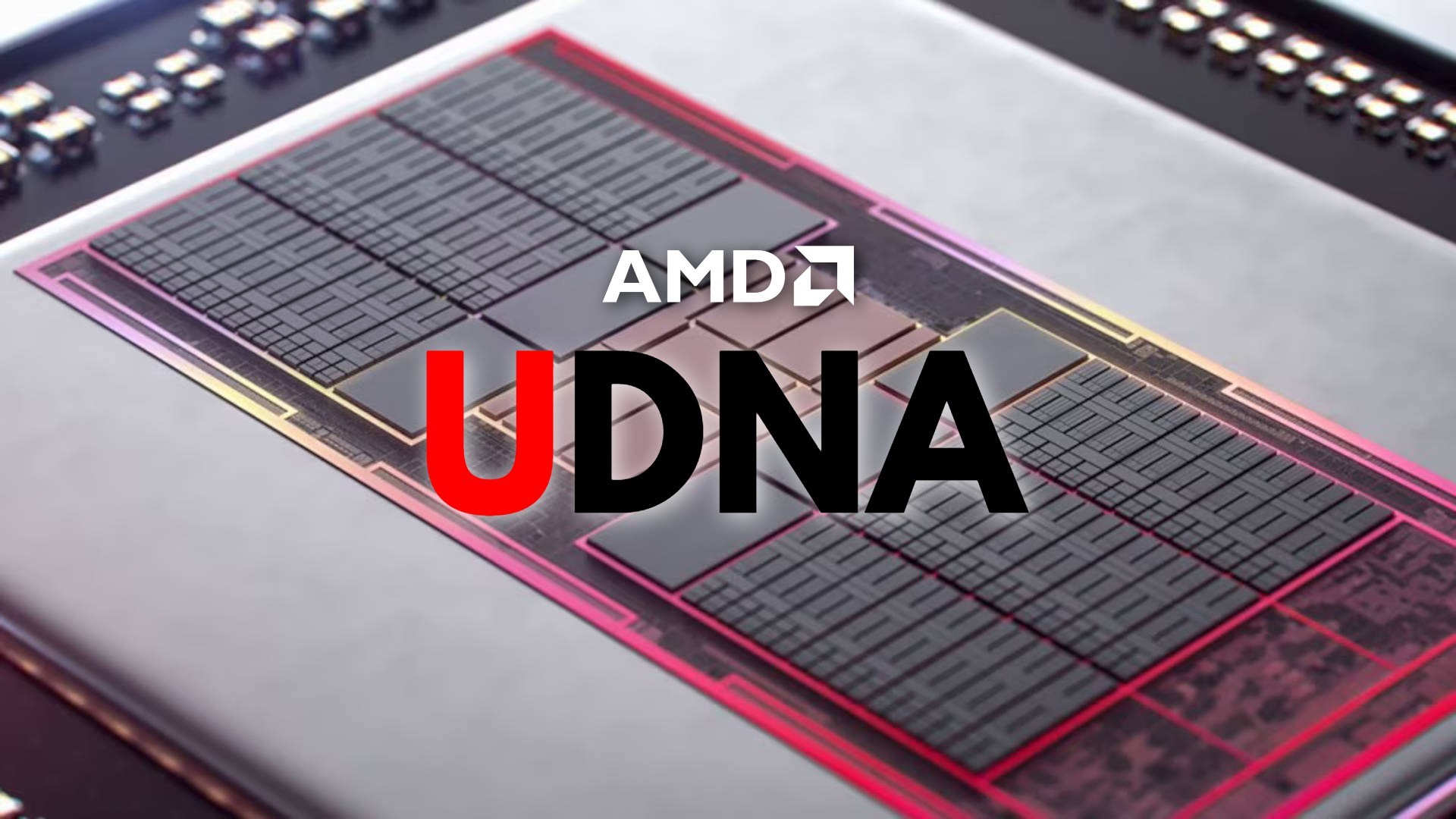AMD’s UDNA Architecture Explained: One GPU to Rule Them All?

If you’ve been keeping up with AMD’s GPU roadmap, you might’ve heard whispers about something called “UDNA.” No, it’s not a typo. It’s AMD’s bold new direction for graphics architecture, and if it delivers on its promise, it might be the biggest shift in how AMD designs GPUs since the original RDNA launch.
So what is UDNA, why does it matter, and should PC builders (and console gamers) care? Let’s dig into it.
What Is UDNA Anyway?
UDNA stands for Unified DNA, and it’s AMD’s next-gen GPU architecture that combines the best of two worlds:
- RDNA: their gaming-focused GPU architecture found in Radeon cards and consoles
- CDNA: their AI and data-center-focused architecture used in Instinct accelerators
For years, AMD split these into two separate design trees. With UDNA, they’re merging them into a single architecture to drive everything from gaming PCs and laptops to AI workloads and future consoles.
It’s kind of like AMD’s way of saying: “Why maintain two GPU families when we can make one really powerful, flexible one instead?”
Under the Hood: What’s Changing?
UDNA isn’t just a rebrand. It’s a real architectural shift. Here’s what we know so far.
Wavegroup Execution Model
One of the biggest changes is a reworked threading system called the Wavegroup model. It’s designed to improve how work is scheduled and handled, especially for parallel tasks like ray tracing and AI compute.
Translation: More efficient GPU cores, better performance in heavy workloads, and possibly fewer CPU bottlenecks in complex scenes.
Built on TSMC’s 3nm N3E Node
UDNA will use TSMC’s 3nm N3E process, giving it:
- Better power efficiency (less heat, lower draw)
- More transistors in a smaller space
- Headroom for higher clocks or more cores
This could be especially useful in smaller form factors or high-performance laptops where thermals matter.
AMD is taking some cues from its older GCN architecture, bringing back certain design ideas that made it good at handling lots of calculations at once. This isn’t a step backward. It’s more about finding clever ways to get more performance from each part of the GPU without using extra power.
They’re also adding new hardware built specifically for AI and machine learning tasks, along with better upscaling tech. That means future GPUs will not only be faster for gaming but also better at handling background tasks like real-time image improvements and AI-powered features.
Why UDNA Is a Big Deal for Gamers
You might be thinking: “Okay, cool tech... but how does this affect me?”
Here’s where it gets exciting.
Real Performance Gains
Early projections suggest UDNA could bring:
- Up to 20 percent better raster performance over RDNA4
- Double the ray tracing and AI performance
- New upscaling and frame generation features that compete directly with DLSS 4 and NVIDIA’s ACE AI avatars
HDMI 2.2 Support
UDNA GPUs are expected to ship with HDMI 2.2, which supports up to 80 Gbps bandwidth. That’s enough for true 8K gaming at high refresh rates or high-res VR headsets that demand lots of data.
Consoles Will Feel It Too
Sony’s PlayStation 6 and Microsoft’s next Xbox are both rumored to use UDNA-based SoCs. This means:
- Better cross-platform game optimization since devs can target a unified GPU model
- Easier porting between PC and console
- Console games might get full-fat ray tracing and AI-based frame generation, not watered-down versions
When Can You Get It?
Right now, UDNA is expected to hit the market in late 2026, likely debuting with:
- Radeon RX 9000 or 10000 series GPUs
- Next-gen Instinct AI accelerators
- And eventually, console hardware refreshes
Mass production is reportedly starting in mid-2026, so expect leaks and previews to ramp up by the end of this year.
What This Means for PC Builders
So, should you wait for UDNA if you’re planning a build?
Here’s the short version:
- If you need a GPU today, RDNA3 or even RDNA4 (coming late 2025) will still offer great value
- But if you’re interested in building a system that’ll stay relevant for AI-assisted gaming and next-gen content creation, UDNA could be worth holding out for
- Keep an eye on power supplies too. UDNA GPUs might push the envelope like NVIDIA’s 5090 already has
Final Thoughts
UDNA isn’t just AMD’s next GPU generation. It’s a strategic shift. By unifying their gaming and compute designs, AMD is making it easier for developers, more efficient for engineers, and hopefully more powerful for all of us.
Whether you’re gaming, streaming, modding, or messing around with Stable Diffusion in your spare time, UDNA might just be the architecture that covers it all.
Tarl @ Gamertech

